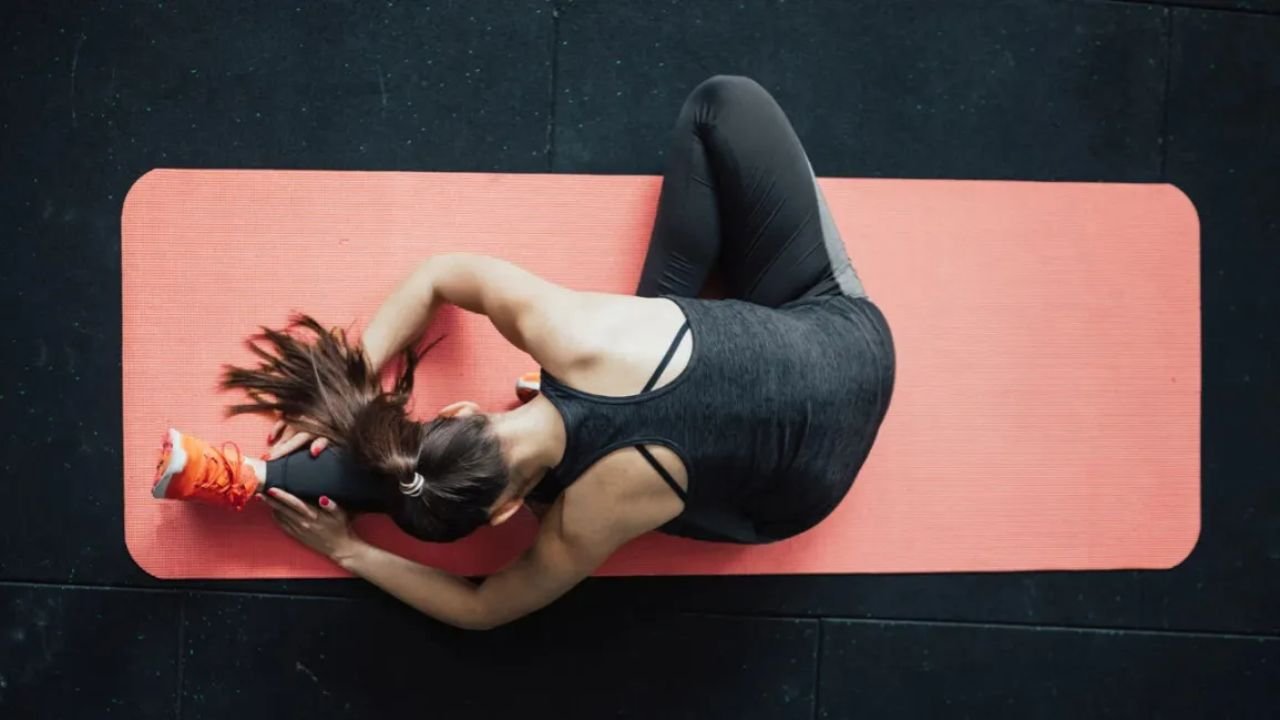Muscle flexibility and stiffness in the joints increase as you age pass the ages of 30 and 40. As a result, people have a hard time exercising and keep up their activity levels. So, what helps you avoid stiffness and keep yourself fit as you get older?
The following tips include stretching and enjoying foods rich in protein to make your muscles more flexible. Swipe Up!
Ways to remain flexible as you age
Even though aging can’t be reversed, the loss of mobility that develops over time can be prevented. Here are some suggestions that will keep your flexibility as you grow older:
Practice Foam Rolling
Researchers have found that using a foam roller produces similar benefits for flexibility in a short period as conventional static stretching. Trying this exercise on the thighs may improve overall muscle tone and make you more supple. Therefore, roll up and down on your thigh a few times, then switch to rolling your leg side to side a few times on the roller. Look at the video to discover the benefits of foam rolling. Some other forms of self-myofascial tools are massage sticks, balls and percussion devices. Self-myofascial release can relax your muscles in just a short period.
Try Dynamic Stretching in Place of Static Stretching
For dynamic stretching, you stretch each joint back and forth without the need for resistance. As a dynamic stretch, do 15 leg swings and let your leg move through its full range of motion as it sweeps back and forth.
Holding a stretch is not part of dynamic stretches. In general, you improve your range of motion the more times you practice, but you should aim for the greatest possible range. There are hip openers, butt kicks and Frankenstein walks as examples of dynamic stretches. You can include the following in your warm-up:
Target your weakest areas by doing exercises that stretch them.
Give more care to closures, eyelets and seams. You will usually need to do the exercises that are the hardest for you. If your hamstrings are flexible but your hip flexor muscle and calf feel tight, make sure you stretch those muscles for a longer period of time. When you sit at a desk most of the day, you should do some stretching for your chest and the front side of your hips. If you lose strength everywhere and regularly, you do not have to try to surpass your standard joint limitations. It’s more worthwhile to workout your muscles that help your joints instead.
Make sure to eat foods that enhance the elasticity of your muscles.
A number of studies have shown that eating protein is important for building and keeping healthy muscles. Eat protein within an hour or two after exercising to help your muscles recover, heal and grow. It will help you avoid muscle discomfort as you get older and maintain flexibility. Try to eat poultry, fish and lentils, as these foods supply protein. To help your overall fitness and muscle building, you may consider getting good protein products such as whey or soy at your nearest supplement store.
To put it all together
Loss of muscle flexibility and body stiffness are usual age-related problems. Try to resolve this problem by stretching your weak spots, making use of a foam roller and eating foods rich in protein. Ageing inevitably makes flexibility smaller as the years pass, but try to take these tips into consideration and you’ll age gracefully.
